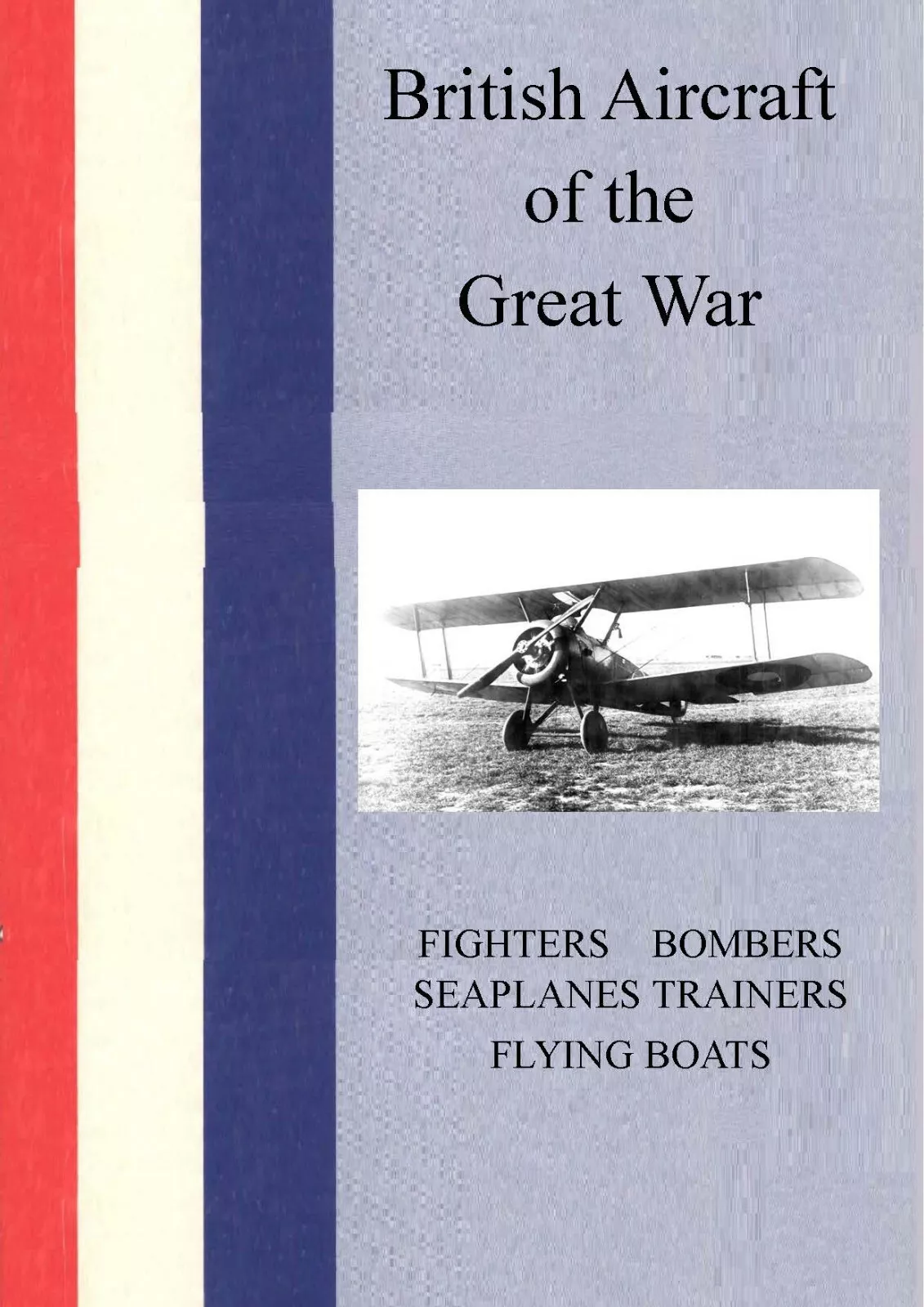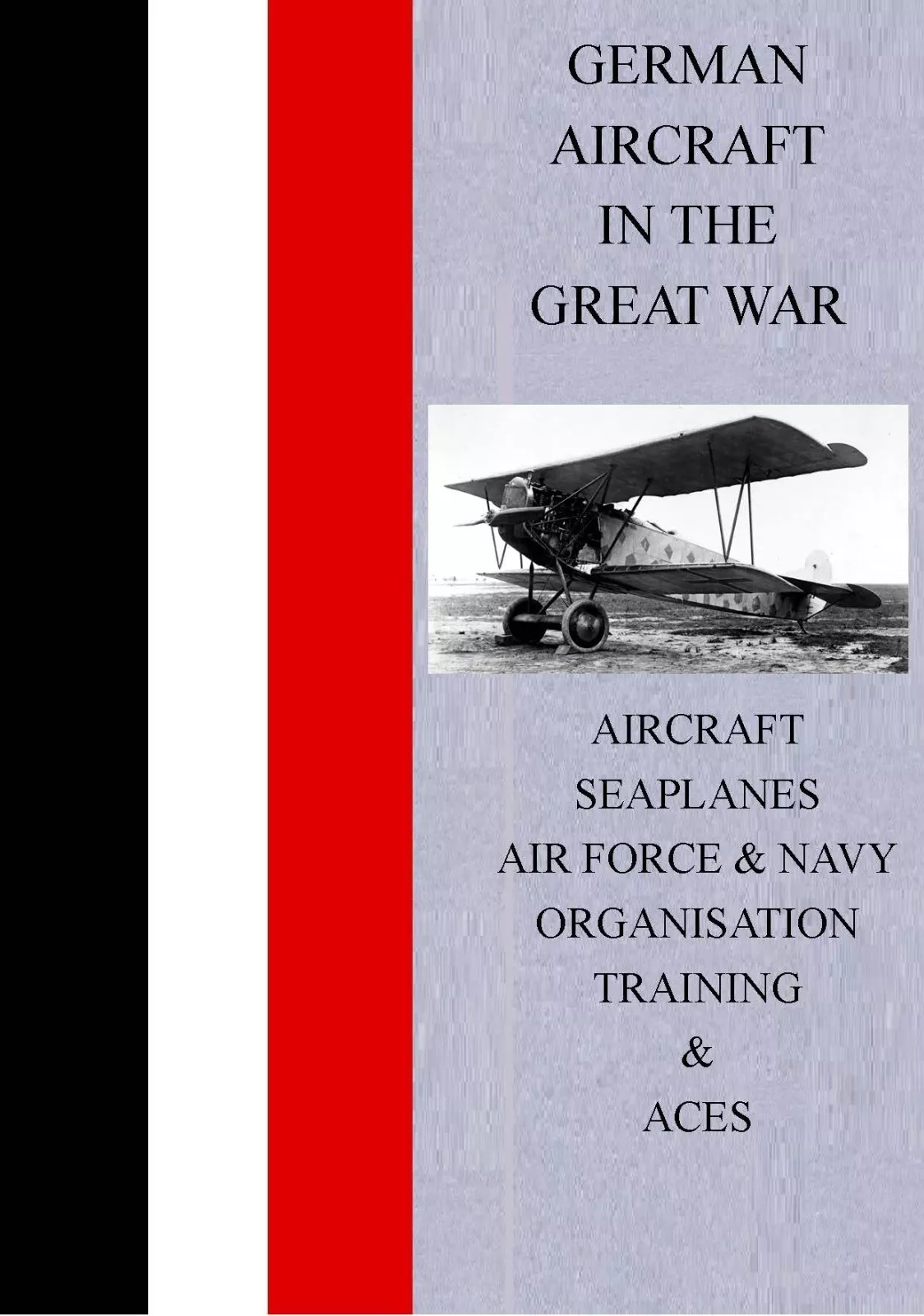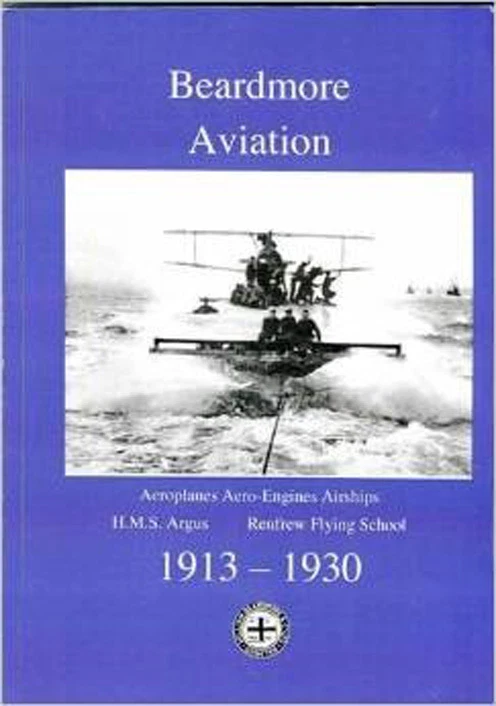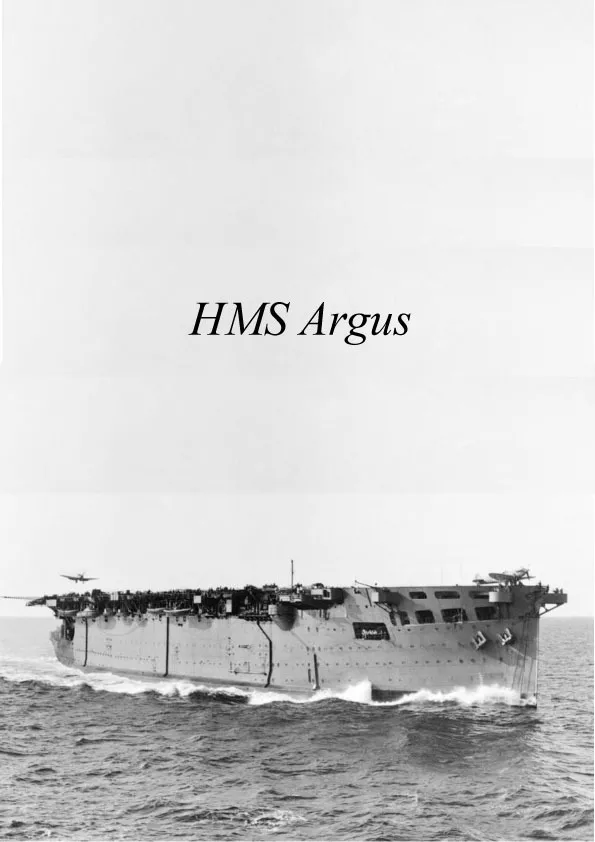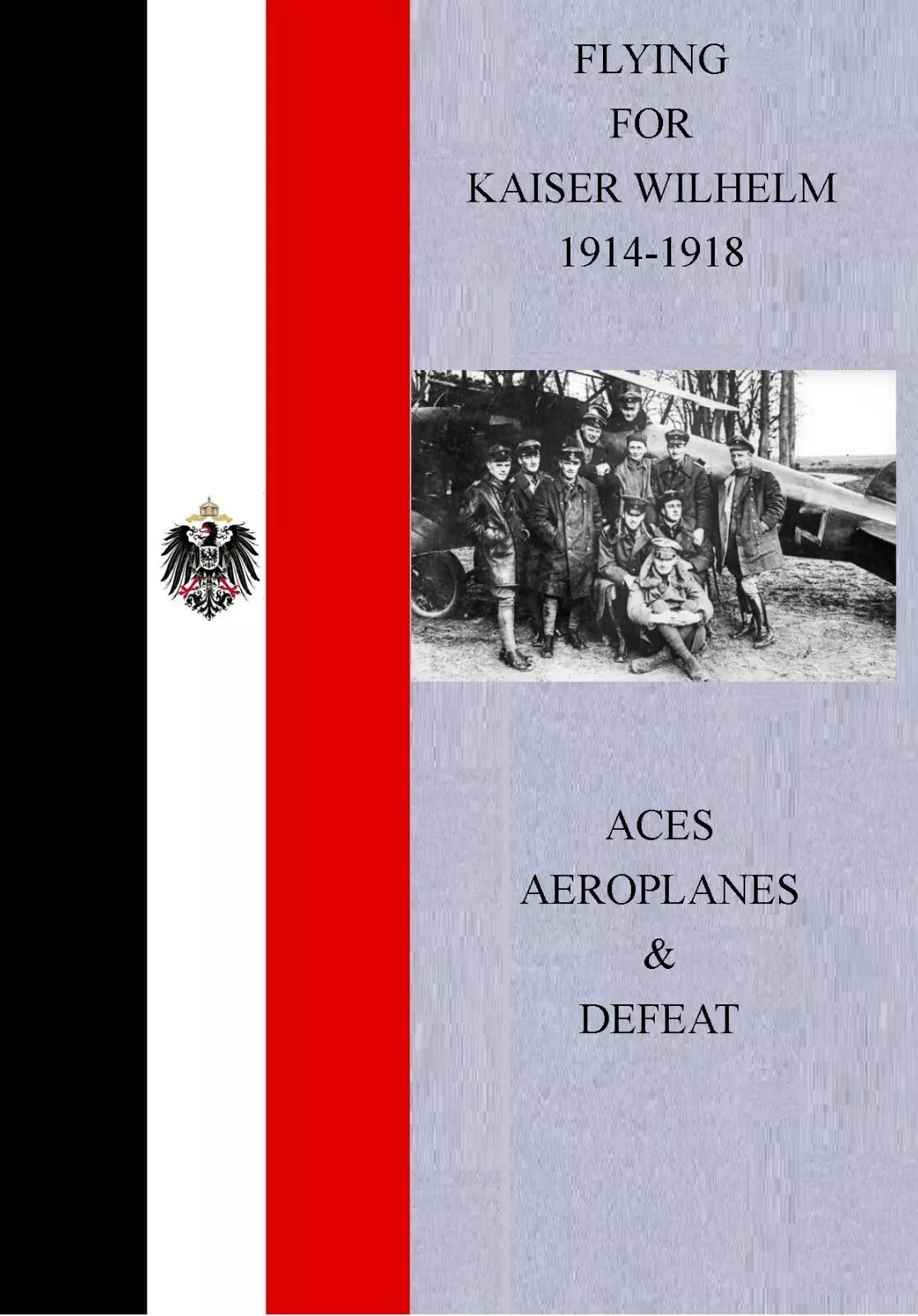RFC and RNAS development leading to RAF formation in 1918.
Introduction: The Birth of British Air Power
Between 1914 and 1918, British aviation matured from reconnaissance to decisive air power through parallel paths pursued by the Royal Flying Corps (RFC) and Royal Naval Air Service (RNAS). Based on comprehensive research documented in Charles E. MacKay's authoritative work British Aircraft of the Great War: Fighters, Bombers, Seaplanes, Trainers, Flying Boats, this Enhanced Edition presents the complete story of how these two services built complementary capabilities—tactical support over the Western Front and maritime/expeditionary roles—before unifying as the Royal Air Force in April 1918. Their combined output in doctrine, design, training, and industrial organization shaped 20th-century air warfare and established principles that would guide British aviation through the Second World War.
The book British Aircraft of the Great War provides comprehensive coverage of the aircraft ordering procedures for the Royal Flying Corps, the Royal Naval Air Service and the Royal Air Force. The 136-page A5 volume, filled with information from manufacturers and the Ministry of Munitions, includes Flying Boats, Trainers, Seaplanes, Bombers and Fighters. It concentrates on aircraft supply and squadron supply of engines and airframes between 1914 and 1918, providing essential context for understanding how British aviation organization evolved during the Great War. The book describes how squadrons were formed from 1914 to 1918, including the heavy bomber squadrons equipped with the Handley Page 0/400 and the V1500, and details the process of procurement for the Ministry of Munitions who supplied the fighting services with munitions.
Understanding the development of RFC and RNAS capabilities provides valuable insights into how Britain established air superiority through industrial organization, tactical innovation, and technological development. The comprehensive documentation of procurement procedures, squadron formation, and aircraft supply chains ensures that the complete story of British air power development is properly preserved. This Enhanced Edition draws on original archive material and official sources to present a complete picture of how British aviation achieved operational effectiveness during the Great War.

RFC and RNAS: Roles and Capabilities
The Royal Flying Corps focused on army cooperation—artillery spotting, photo reconnaissance, and air superiority over the battlefield. Formed in 1912 under the Army, the RFC deployed aircraft to France with the British Expeditionary Force in August 1914. Initially equipped with reconnaissance aircraft like the B.E.2 series, the RFC rapidly evolved to include fighters, bombers, and ground-attack aircraft as the war progressed. The RFC's organization reflected its army support role, with squadrons assigned to specific army corps and divisions for tactical support missions.
The Royal Naval Air Service added coastal patrol, anti-submarine warfare, and naval strike capabilities, advancing carrier aviation from tenders and early flight decks. Formed in 1914, the RNAS operated independently from the RFC, reflecting the Admiralty's desire for autonomous naval aviation capabilities. The RNAS's maritime focus led to the development of seaplanes, flying boats, and ship-borne aircraft, pioneering techniques that would become essential for carrier operations. The comprehensive documentation of RNAS operations in Aircraft Carrier Argus provides detailed coverage of how naval aviation capabilities evolved during the Great War.
This division of labour accelerated learning in distinct mission sets while spurring industrial output across Britain. The RFC's focus on army support missions led to the development of specialized aircraft for reconnaissance, artillery spotting, and ground attack. The RNAS's maritime focus drove development of seaplanes, flying boats, and carrier-based aircraft. This specialization enabled each service to develop expertise in its particular mission area, while the industrial base adapted to produce aircraft optimized for specific roles. The comprehensive documentation of this industrial development in Clydeside Aviation Volume One: The Great War demonstrates how Scottish aviation manufacturing contributed to both RFC and RNAS requirements.
The book documents how both services operated aircraft procurement systems that enabled rapid adaptation to changing operational requirements. The RFC's procurement procedures emphasized aircraft suitable for army cooperation missions, while RNAS procurement focused on maritime capabilities. This parallel development allowed both services to experiment with different approaches to aircraft procurement and organization, creating a diverse base of operational experience that would inform the unified RAF's organization in 1918. Understanding these parallel procurement systems provides essential context for appreciating how British aviation capabilities evolved during the Great War.
Squadron Formation and Organization: From Scattered Units to Concentrated Force
The book describes how squadrons were formed from 1914 to 1918, providing comprehensive coverage of the organizational evolution that transformed British aviation from scattered detachments to a concentrated air force. Initial RFC squadrons numbered only a few aircraft, operating from improvised airfields near the front lines. As the war progressed, squadron organization standardized around 12-18 aircraft, with supporting infrastructure including maintenance facilities, supply depots, and training units. The comprehensive documentation of squadron formation procedures ensures that the organizational development of British aviation is properly understood.
Heavy bomber squadrons equipped with the Handley Page 0/400 and the V1500 represented a new organizational concept, operating independently from the front lines to conduct strategic bombing missions. The book includes detailed coverage of how these bomber squadrons were organized, including their deployment with the Independent Air Force in 1918. This organizational innovation demonstrated how aircraft capabilities drove organizational changes, with specialized aircraft requiring new organizational structures to exploit their capabilities effectively. The comprehensive documentation of bomber squadron organization provides valuable insights into how strategic bombing capabilities developed during the Great War.
RNAS squadron organization reflected maritime requirements, with squadrons organized around seaplane stations, flying boat bases, and carrier operations. The book documents shipboard aircraft deployment, including the Sopwith Pup and the Sopwith 2F-1 Camel built by Beardmore, providing detailed coverage of how naval aviation squadrons operated differently from RFC squadrons. This organizational diversity demonstrated how different mission requirements drove different organizational structures, with RNAS squadrons optimized for maritime operations while RFC squadrons focused on army support missions. Understanding these organizational differences provides essential context for appreciating how British aviation capabilities evolved along parallel paths.
The unification of RFC and RNAS into the Royal Air Force in April 1918 represented a fundamental organizational change, consolidating separate procurement systems, training programs, and operational doctrines into a unified service. The book documents Haig's plan for the air services in 1918, providing context for understanding how unification addressed strategic requirements for centralized air power. This organizational unification demonstrated how lessons learned from parallel development informed the creation of a unified air service that could exploit both RFC and RNAS capabilities. The comprehensive documentation of this unification process ensures that the organizational evolution of British aviation is properly preserved.
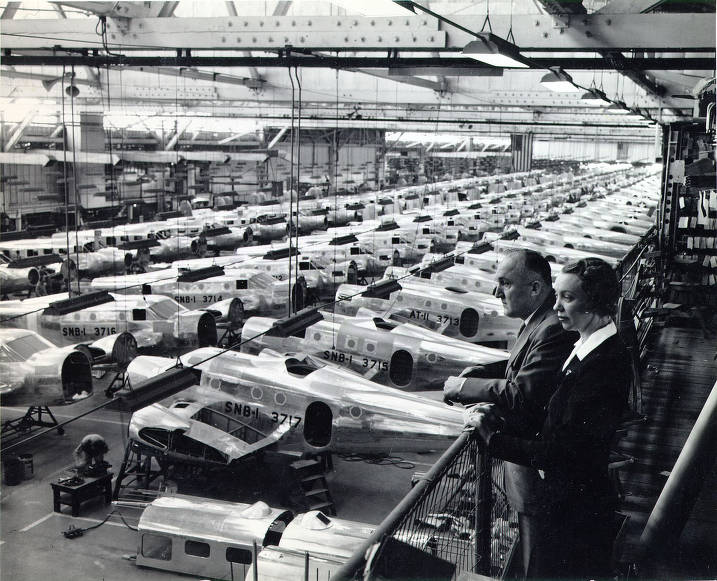
Aircraft Procurement and the Ministry of Munitions
The book provides comprehensive coverage of the process of procurement for the Ministry of Munitions who supplied the fighting services with munitions. The Ministry of Munitions established centralized procurement procedures that standardized aircraft specifications, production contracts, and quality control measures. This centralized procurement system enabled rapid production scale-up, with manufacturers transitioning from small-series craft to volume production under strict inspection regimes. The comprehensive documentation of procurement procedures ensures that the industrial organization that enabled British aviation production is properly understood.
Firms such as Sopwith, Bristol, Avro, Vickers, and the Royal Aircraft Factory transitioned from small-series craft to volume production under strict inspection regimes. The book documents how manufacturers adapted production methods to meet wartime demands, with tooling, jigging, and supply chains maturing quickly. Interchangeable parts and repair manuals supported forward maintenance, enabling rapid repair and return to service of damaged aircraft. This production standardization enabled effective logistics support, with spare parts and maintenance materials flowing through standardized supply chains to forward units. The comprehensive documentation of production methods in Beardmore Aviation: The Story of a Scottish Industrial Giant's Aviation Activities demonstrates how Scottish manufacturers contributed to this production effort.
The book documents how the air services procured aero-engines, providing essential context for understanding how engine supply chains supported aircraft production. Engine procurement required coordination between manufacturers, the Ministry of Munitions, and operational units, with engine supply often determining aircraft production rates. The comprehensive documentation of engine procurement procedures ensures that the supply chain challenges that affected aircraft production are properly understood. Understanding engine procurement provides valuable insights into how supply chain management affected operational capabilities during the Great War.
Procurement procedures evolved throughout the war, with early procedures emphasizing rapid acquisition of available aircraft types while later procedures emphasized standardization and quality control. The book documents how procurement procedures adapted to changing operational requirements, with new aircraft types procured as operational needs evolved. This adaptive procurement system enabled British aviation to respond rapidly to changing threats, with new aircraft types entering service as operational requirements demanded. The comprehensive documentation of procurement evolution ensures that the adaptive nature of British aviation procurement is properly preserved.
Industry and Mobilisation: From Craft Production to Volume Manufacturing
The industrial mobilization that supported British aviation during the Great War represented one of the most rapid manufacturing transformations in history. Firms such as Sopwith, Bristol, Avro, Vickers, and the Royal Aircraft Factory transitioned from small-series craft to volume production under strict inspection regimes. The book documents how these manufacturers adapted production methods to meet wartime demands, with tooling, jigging, and supply chains maturing quickly. This industrial transformation enabled the production of thousands of aircraft, with production rates increasing dramatically as manufacturing methods improved.
Interchangeable parts and repair manuals supported forward maintenance, enabling rapid repair and return to service of damaged aircraft. This production standardization enabled effective logistics support, with spare parts and maintenance materials flowing through standardized supply chains to forward units. The comprehensive documentation of production methods demonstrates how standardization enabled effective logistics support, with maintenance crews able to repair aircraft using standardized parts and procedures. This standardization was essential for maintaining operational availability despite combat damage and operational wear.
Powerplant development—Clerget, Bentley rotary, and Rolls-Royce inline engines—kept pace with airframe demand through coordinated development programs. The book documents how engine manufacturers adapted production methods to meet increasing demand, with engine production rates increasing dramatically as manufacturing methods improved. Engine reliability improved through systematic development programs, with manufacturers incorporating operational experience into design improvements. The comprehensive documentation of engine development ensures that the technological evolution that enabled British aviation capabilities is properly understood.
The book documents how Scottish manufacturers contributed to British aviation production, with companies like Beardmore producing aircraft and engines for both RFC and RNAS. The comprehensive coverage of Scottish aviation manufacturing in Clydeside Aviation Volume One: The Great War demonstrates how regional manufacturing capabilities supported national production requirements. This regional manufacturing base provided essential production capacity, with Scottish manufacturers contributing aircraft, engines, and components to the war effort. Understanding regional manufacturing contributions provides valuable insights into how Britain mobilized its industrial base for aviation production.
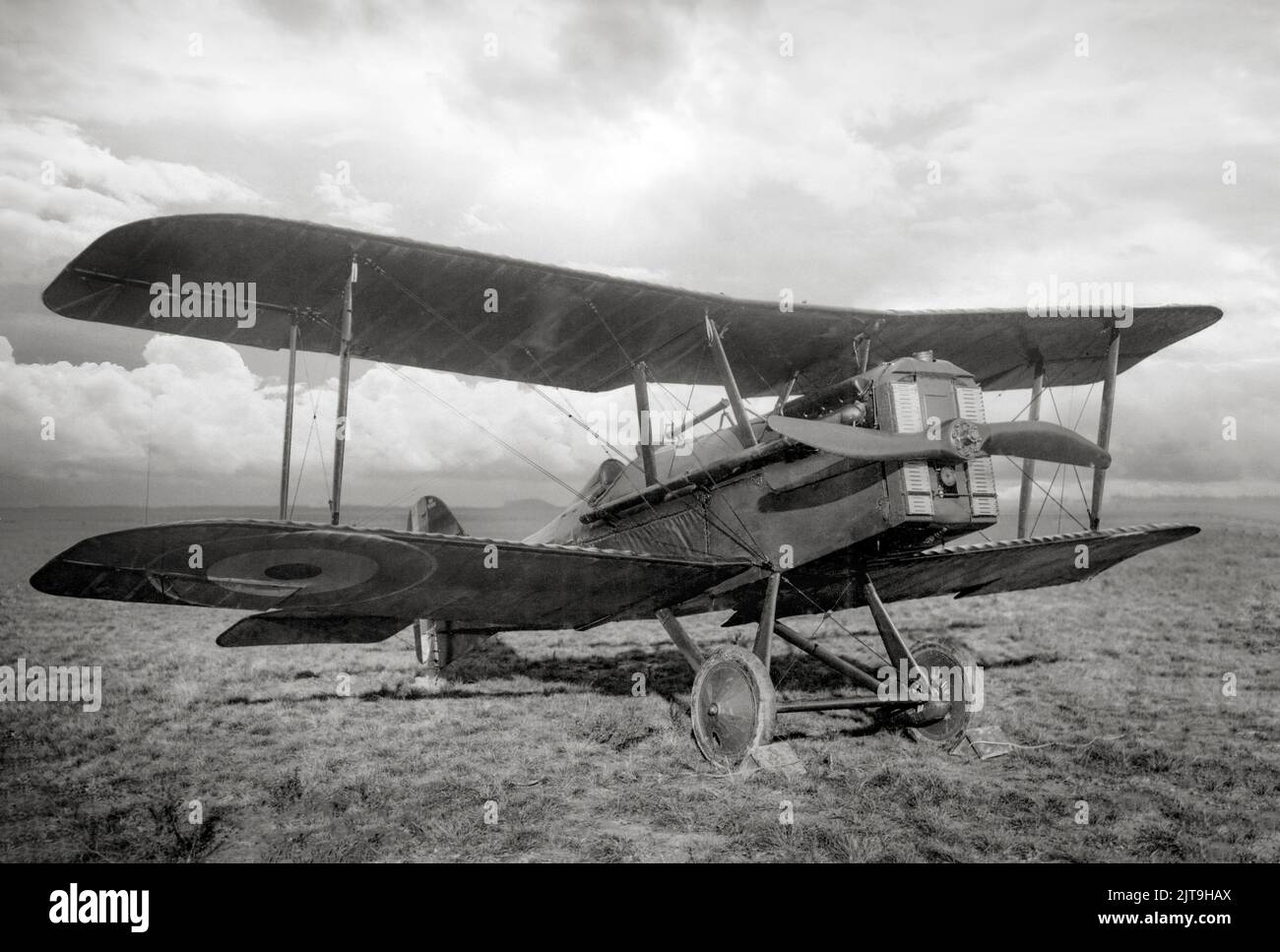
Representative Aircraft Types: Fighters, Bombers, and Specialized Roles
British aircraft development during the Great War produced some of the most successful aircraft types of the conflict. The Sopwith Camel exemplified the agile single-seat fighter, agile but demanding, dominant in experienced hands with heavy armament and compact rotary installation. The Camel's design emphasized maneuverability and firepower, with twin synchronized Vickers machine guns providing concentrated firepower. The comprehensive documentation of Camel development in Sopwith Camel: WWI Fighter provides detailed coverage of how this aircraft achieved operational success.
The Royal Aircraft Factory S.E.5a represented a different design philosophy, emphasizing stability and altitude performance over extreme maneuverability. The S.E.5a's stable gun platform with excellent visibility and strong performance at altitude made it effective for high-altitude combat and escort missions. The aircraft's design reflected lessons learned from earlier fighters, with emphasis on pilot visibility, gun platform stability, and altitude performance. The comprehensive documentation of S.E.5a development ensures that this aircraft's contributions to air superiority are properly understood.
The Bristol Fighter F.2B demonstrated how two-seat aircraft could excel in fighter roles when properly employed. The comprehensive documentation of Bristol Fighter development in Bristol Fighter F2B: The Brisfit's Combat Legacy provides detailed coverage of how this aircraft achieved operational success through proper tactical employment. The Bristol Fighter's design emphasized offensive capabilities, with forward-firing synchronized guns and defensive rear armament enabling effective combat in both offensive and defensive situations. This aircraft's success demonstrated how two-seat aircraft could excel in fighter roles when designed and employed correctly.
RNAS pioneers included seaplanes, ship-borne scouts, and early deck operations that foreshadowed carrier aviation. The book documents shipboard aircraft deployment, including the Sopwith Pup and the Sopwith 2F-1 Camel built by Beardmore, providing detailed coverage of how naval aviation capabilities evolved. The comprehensive documentation of RNAS operations in Aircraft Carrier Argus demonstrates how early carrier operations established principles that would guide naval aviation development. Understanding RNAS aircraft types provides essential context for appreciating how naval aviation capabilities developed during the Great War.
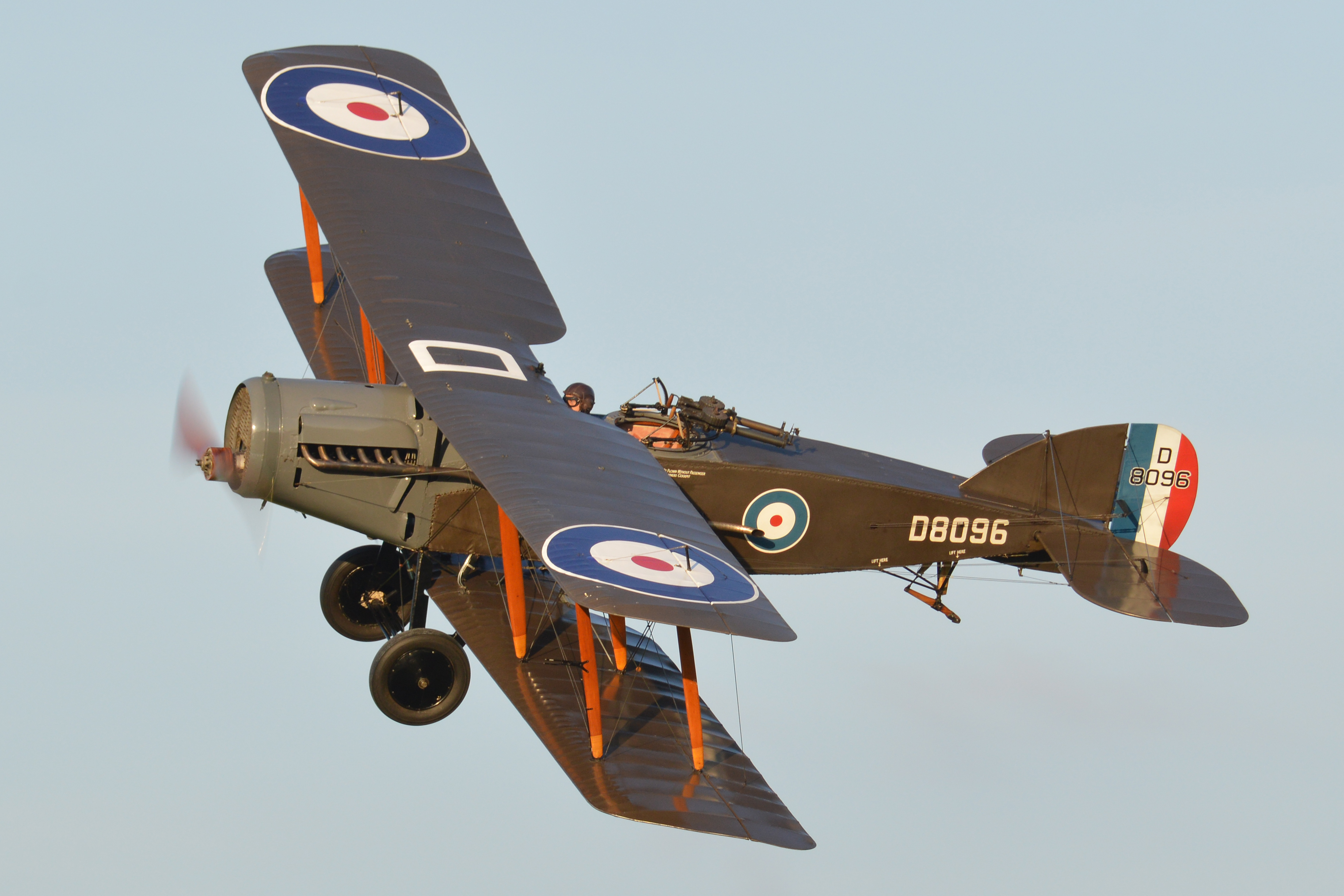
Engine Development: Powering British Air Superiority
Aero-engine development during the Great War represented one of the most rapid technological advances in aviation history. The book documents how the air services procured aero-engines, providing essential context for understanding how engine supply chains supported aircraft production. Engine types included rotary engines like the Clerget and Bentley, which powered many fighter aircraft, and inline engines like the Rolls-Royce Eagle and Falcon, which powered bombers and larger aircraft. The comprehensive documentation of engine procurement procedures ensures that the supply chain challenges that affected aircraft production are properly understood.
Rotary engines provided high power-to-weight ratios essential for fighter aircraft, with engines like the Clerget 9B producing 130 horsepower and the Bentley B.R.2 producing 230 horsepower. These engines enabled fighter aircraft to achieve high climb rates and maneuverability, essential for air combat effectiveness. Engine reliability improved through systematic development programs, with manufacturers incorporating operational experience into design improvements. The comprehensive documentation of rotary engine development ensures that the technological evolution that enabled British fighter capabilities is properly understood.
Inline engines like the Rolls-Royce Eagle and Falcon provided reliability and power for bombers and larger aircraft. The Eagle engine, producing up to 360 horsepower, powered aircraft like the Handley Page bombers, while the Falcon engine powered the Bristol Fighter. These engines provided the power and reliability essential for long-range missions and heavy payloads. The comprehensive documentation of inline engine development ensures that the technological evolution that enabled British bomber capabilities is properly understood.
Engine procurement required coordination between manufacturers, the Ministry of Munitions, and operational units, with engine supply often determining aircraft production rates. The book documents how engine manufacturers adapted production methods to meet increasing demand, with engine production rates increasing dramatically as manufacturing methods improved. This coordination enabled effective supply chain management, with engines flowing to aircraft manufacturers as production schedules required. Understanding engine procurement provides valuable insights into how supply chain management affected operational capabilities during the Great War.
Heavy Bombers: Strategic Air Power Development
The book includes detailed coverage of heavy bomber squadrons equipped with the Handley Page 0/400 and the V1500, providing comprehensive coverage of how strategic bombing capabilities developed during the Great War. The Handley Page 0/400 represented Britain's first successful heavy bomber, capable of carrying significant bomb loads over long ranges. The aircraft's design emphasized payload capacity and range, with twin engines providing the power necessary for heavy payloads. The comprehensive documentation of Handley Page bomber development ensures that the evolution of strategic bombing capabilities is properly understood.
The Handley Page V/1500 represented an even more ambitious design, capable of carrying heavier bomb loads over longer ranges. The book documents the V/1500's deployment with the Independent Air Force in 1918, providing detailed coverage of how this aircraft supported strategic bombing operations. The comprehensive documentation of V/1500 operations in Beardmore Aviation demonstrates how Scottish manufacturers contributed to bomber production. Understanding heavy bomber development provides essential context for appreciating how strategic bombing capabilities evolved during the Great War.
Heavy bomber operations required specialized organizational structures, with bomber squadrons operating independently from the front lines to conduct strategic bombing missions. The book documents how these bomber squadrons were organized, including their deployment with the Independent Air Force in 1918. This organizational innovation demonstrated how aircraft capabilities drove organizational changes, with specialized aircraft requiring new organizational structures to exploit their capabilities effectively. The comprehensive documentation of bomber squadron organization provides valuable insights into how strategic bombing capabilities developed during the Great War.
The book documents Haig's plan for the air services in 1918, providing context for understanding how strategic bombing fit within broader strategic objectives. This strategic context demonstrates how tactical developments like heavy bomber capabilities fit within broader strategic frameworks. The comprehensive coverage of strategic planning ensures that heavy bomber development is properly understood within its strategic context. Understanding strategic bombing development provides valuable insights into how air power capabilities evolved to support strategic objectives.
Maritime Aviation: RNAS Capabilities and Carrier Development
The book documents shipboard aircraft deployment, including the Sopwith Pup and the Sopwith 2F-1 Camel built by Beardmore, providing detailed coverage of how naval aviation capabilities evolved. RNAS operations included seaplanes, flying boats, and ship-borne aircraft, with early carrier operations establishing principles that would guide naval aviation development. The comprehensive documentation of RNAS operations in Aircraft Carrier Argus demonstrates how early carrier operations established principles that would guide naval aviation development. Understanding RNAS aircraft types provides essential context for appreciating how naval aviation capabilities developed during the Great War.
Seaplanes and flying boats enabled maritime reconnaissance and anti-submarine operations, with aircraft like the Fairey Campania and Wight Seaplane providing essential maritime capabilities. The book documents how these aircraft operated from seaplane stations and flying boat bases, providing detailed coverage of maritime aviation operations. The comprehensive documentation of maritime aircraft development ensures that the evolution of naval aviation capabilities is properly understood. Understanding maritime aviation development provides valuable insights into how naval aviation capabilities evolved during the Great War.
Early carrier operations demonstrated the potential of ship-borne aircraft, with operations from converted ships establishing principles that would guide carrier development. The book documents how RNAS pioneered carrier operations, with early deck operations establishing techniques that would become essential for carrier aviation. The comprehensive documentation of early carrier operations ensures that the foundational principles of carrier aviation are properly preserved. Understanding early carrier operations provides valuable insights into how carrier aviation capabilities developed during the Great War.
Tactics and Training: Professionalizing Air Combat
Air combat evolved rapidly from individual duels to formations with defined roles, with training pipelines professionalizing gunnery, formation tactics, and engine management. The book documents how training methods evolved throughout the war, with lessons learned from operational experience informing training improvements. This professionalization reduced attrition and increased sortie effectiveness, enabling British aviation to achieve air superiority through superior training and tactics. The comprehensive documentation of training evolution ensures that the professionalization of air combat is properly understood.
Photography and artillery cooperation demanded navigation, communication, and disciplined flying, with specialized training programs developing these skills. The book documents how observation and reconnaissance missions required specialized training, with observers and photographers receiving specialized instruction. This specialization enabled effective mission execution, with trained crews able to conduct complex missions effectively. The comprehensive documentation of specialized training ensures that the professionalization of specialized roles is properly understood.
Formation tactics evolved throughout the war, with lessons learned from operational experience informing tactical development. The book documents how formation tactics improved combat effectiveness, with coordinated formations providing mutual support and increased firepower. This tactical evolution enabled British aviation to achieve air superiority through superior tactics, with coordinated formations proving more effective than individual aircraft operations. The comprehensive documentation of tactical evolution ensures that the professionalization of air combat tactics is properly preserved.
Comparison with Contemporaries: British vs. German Aviation
British aircraft development during the Great War must be understood within the context of German aviation development. The comprehensive documentation of German aviation in German Aircraft in the Great War 1914-1918 provides valuable comparative analysis. German aircraft like the Fokker D.VII and Albatros D.Va represented different design philosophies, with emphasis on different performance characteristics. Understanding these differences provides valuable insights into how design philosophies influenced aircraft effectiveness.
The book documents how British aircraft compared with German types, with different design philosophies producing different performance characteristics. British fighters like the Sopwith Camel and S.E.5a emphasized different characteristics than German fighters, with design choices reflecting different tactical requirements. The comprehensive documentation of comparative performance ensures that design philosophy differences are properly understood. Understanding comparative performance provides valuable insights into how design choices influenced operational effectiveness.
The comprehensive documentation of German aviation organization in Flying for Kaiser Wilhelm 1914-1918: ACES, AEROPLANES & DEFEAT provides comparative context for understanding British aviation organization. German aviation organization differed from British organization, with different procurement systems and operational doctrines. Understanding these organizational differences provides valuable insights into how organizational structures influenced operational effectiveness. The comprehensive documentation of organizational comparisons ensures that organizational differences are properly understood.
Unification: The Creation of the Royal Air Force
The unification of RFC and RNAS into the Royal Air Force in April 1918 represented a fundamental organizational change, consolidating separate procurement systems, training programs, and operational doctrines into a unified service. The book documents Haig's plan for the air services in 1918, providing context for understanding how unification addressed strategic requirements for centralized air power. This organizational unification demonstrated how lessons learned from parallel development informed the creation of a unified air service that could exploit both RFC and RNAS capabilities.
The unification process required consolidation of procurement systems, training programs, and operational doctrines that had developed separately. The book documents how this consolidation occurred, with unified procedures replacing separate RFC and RNAS procedures. This consolidation enabled more efficient resource utilization, with unified procurement and training systems reducing duplication and improving efficiency. The comprehensive documentation of unification procedures ensures that the consolidation process is properly understood.
The RAF's creation established principles that would guide British aviation through the Second World War, with unified organization enabling more effective resource utilization and strategic planning. The book documents how RAF organization reflected lessons learned from RFC and RNAS operations, with organizational structures optimized for effective operations. This organizational evolution demonstrated how lessons learned from operational experience informed organizational development, with unified organization enabling more effective operations. The comprehensive documentation of RAF organization ensures that the organizational evolution is properly preserved.
Legacy: Foundations for 20th-Century Air Power
By 1918 Britain fielded an independent air service with a trained cadre, a doctrine of combined arms, and an industrial base capable of rapid adaptation. The technical and organizational lessons from the Great War underpinned inter-war development and the RAF's early-WWII readiness. The comprehensive documentation of these lessons ensures that the foundations established during the Great War are properly understood and preserved.
The industrial base established during the Great War enabled rapid production scale-up during the Second World War, with manufacturing methods and supply chains established during the Great War providing foundations for wartime production. The book documents how production methods developed during the Great War influenced later production, with manufacturing principles established during the Great War continuing to guide production during the Second World War. The comprehensive documentation of industrial development ensures that the industrial foundations established during the Great War are properly understood.
Training methods developed during the Great War established principles that would guide training through the Second World War, with professional training programs enabling effective operations. The book documents how training methods evolved during the Great War, with lessons learned from operational experience informing training improvements. This training evolution established principles that would guide training programs through the Second World War, with professional training enabling effective operations. The comprehensive documentation of training evolution ensures that the training foundations established during the Great War are properly preserved.
Tactical doctrines developed during the Great War established principles that would guide operations through the Second World War, with formation tactics and coordinated operations proving essential for operational effectiveness. The book documents how tactical doctrines evolved during the Great War, with lessons learned from operational experience informing tactical development. This tactical evolution established principles that would guide operations through the Second World War, with coordinated tactics enabling effective operations. The comprehensive documentation of tactical evolution ensures that the tactical foundations established during the Great War are properly understood.
Modern Legacy and Influence on Aviation Development
The principles established during RFC and RNAS development continue to influence aviation development, with organizational structures, training methods, and tactical doctrines established during the Great War providing foundations for modern aviation. The comprehensive documentation of these principles ensures that their continuing influence is properly recognized and preserved. Understanding the continuing influence of Great War principles provides valuable insights into how foundational principles guide long-term development.
The industrial organization established during the Great War provided foundations for modern aviation production, with manufacturing methods and supply chain management principles established during the Great War continuing to guide production. The book documents how production methods developed during the Great War influenced later production, with manufacturing principles established during the Great War continuing to guide production. The comprehensive documentation of industrial development ensures that the industrial foundations established during the Great War are properly understood and their continuing influence recognized.
Training methods developed during the Great War established principles that continue to guide modern training programs, with professional training enabling effective operations. The book documents how training methods evolved during the Great War, with lessons learned from operational experience informing training improvements. This training evolution established principles that continue to guide modern training programs, with professional training enabling effective operations. The comprehensive documentation of training evolution ensures that the training foundations established during the Great War are properly preserved and their continuing influence recognized.
Conclusion: The Foundations of British Air Power
The development of RFC and RNAS capabilities during the Great War established foundations that would guide British aviation through the Second World War and beyond. The comprehensive documentation provided in Charles E. MacKay's British Aircraft of the Great War ensures that this remarkable story is preserved for future generations. Understanding RFC and RNAS development provides valuable insights into how Britain established air superiority through industrial organization, tactical innovation, and technological development.
The parallel development of RFC and RNAS capabilities enabled Britain to develop expertise in both tactical support and maritime operations, with unification creating a unified service that could exploit both capabilities. The comprehensive documentation of this parallel development ensures that the organizational evolution that enabled British air power is properly understood and preserved. Understanding this organizational evolution provides valuable insights into how organizational structures influence operational effectiveness.
As we look back on RFC and RNAS development, their contributions to British air power and aviation organization remain fundamentally important. The principles established through RFC and RNAS development continue to influence aviation development, demonstrating the enduring significance of foundational principles. The comprehensive documentation of RFC and RNAS development ensures that their contributions are properly preserved and their continuing influence recognized.
Further Reading and Related Works
For comprehensive coverage of British aircraft development during the Great War and related topics, explore these authoritative works by Charles E. MacKay:
- British Aircraft of the Great War: Fighters, Bombers, Seaplanes, Trainers, Flying Boats — The definitive 136-page A5 work filled with information from manufacturers and the Ministry of Munitions, including aircraft ordering procedures for the Royal Flying Corps, the Royal Naval Air Service and the Royal Air Force, descriptions of how squadrons were formed from 1914 to 1918, heavy bomber squadrons equipped with the Handley Page 0/400 and the V1500, shipboard aircraft deployment, procurement procedures, engine procurement, and Haig's plan for the air services in 1918
- Clydeside Aviation Volume One: The Great War — Detailed description of aviation history on Clydeside from 1785 to 1919, including wartime production and Scottish aviation contributions
- Beardmore Aviation: The Story of a Scottish Industrial Giant's Aviation Activities — Comprehensive coverage of Beardmore's aviation activities, including Sopwith Camel production and carrier operations
- Aircraft Carrier Argus — Detailed coverage of early carrier operations and naval aviation development
- German Aircraft in the Great War 1914-1918 — Comprehensive coverage of German aviation development, providing comparative context for British aircraft development
- Flying for Kaiser Wilhelm 1914-1918: ACES, AEROPLANES & DEFEAT — Volume Two of German Aircraft in the Great War, providing comparative context for British aviation organization and tactics
- Bristol Fighter F2B: The Brisfit's Combat Legacy — Comprehensive analysis of the Bristol Fighter's development and operational success
- Sopwith Camel: WWI Fighter — Detailed coverage of the Sopwith Camel's development and operational history
- German Aircraft Great War Development — Comparative analysis of German aviation development
- Beardmore Aviation: Scottish Industrial Giant — Coverage of Scottish aviation manufacturing contributions
Related Articles
- Bristol Fighter F2B: The Brisfit's Combat Legacy — The two-seat fighter that redefined roles
- Sopwith Camel: WWI Fighter — Strengths, pitfalls, and tactics
- German Aircraft Great War Development — Comparative analysis of German aviation development
- Beardmore Aviation: Scottish Industrial Giant — Scottish manufacturing contributions
References
- RAF Museum – Aircraft of the First World War — Royal Air Force Museum
- Imperial War Museums – First World War Collections — Imperial War Museums
- FlightGlobal Archive – WWI Aviation Reports — FlightGlobal

